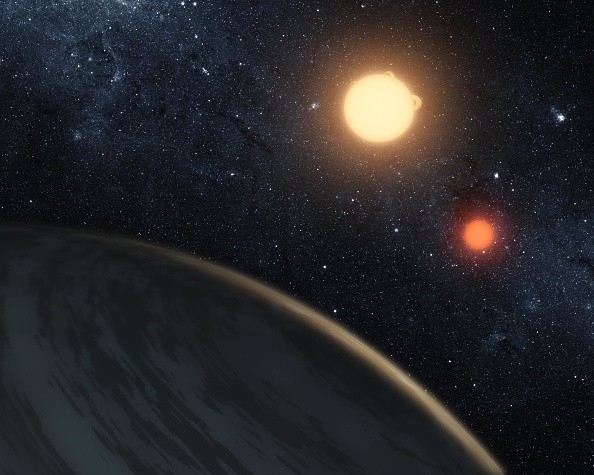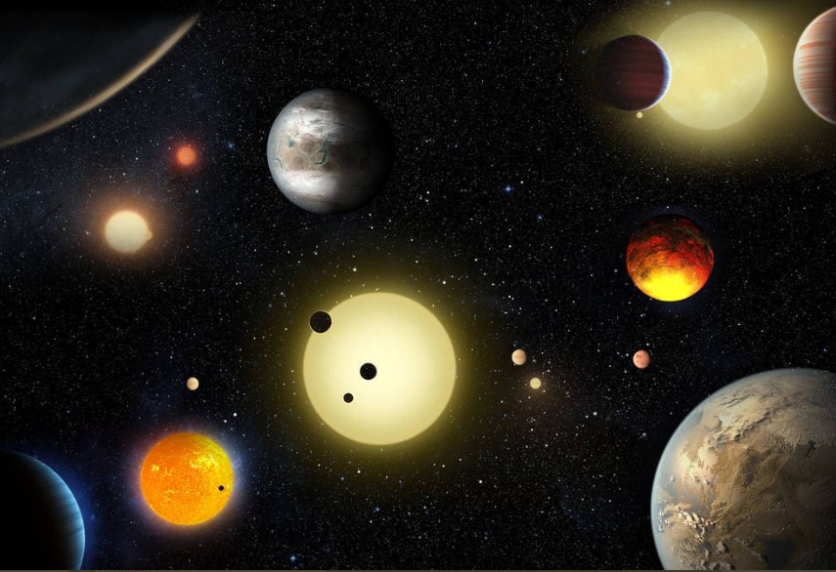The orbit of nearby systems has threatened the existence of habitable planets which have been watched closely by a study, particularly as it generates the "greenhouse effect" that renders it unusable. The study has been able to see how much the proximity of planets affects each other, especially with orbit, as it goes around a certain path.

Space still has a lot in store for people, especially as the discoveries are not yet that wide or numerous compared to the things that are out there, lurking around and waiting for interaction. While it is still early to look for habitable planets that can be a possible substitute for Earth, certain studies have been looking into their interaction with one another out there.
Currently, there are no ways for an average person to travel to other planets, much like astronauts who are bound to waiting for the vessel with the likes of SpaceX's Starship bound for Mars. The world is yet to come to a time where going to another planet to live and thrive on is already possible, as permitted by technology and governing bodies.
Orbit Perturbations Threat to Habitable Planets

According to a study by Meredith Vogel from Missouri State University in her research entitled "Orbit Perturbations of Habitable Zone Planets Due to Inner Planetary Companions" habitable planets face massive threats. The research was published under Astrobites' platform, as part of the Undergraduate Research series, presenting discoveries in astronomy.
The paper has been made in collaboration with Dr. Sarah Morrison from MSU, under a NASA-Missouri Space Grant which has taken a deep dive into habitable planets and orbiting nearby. The study has focused specifically on its actual habitability, especially its proximity if changes would occur in the coming future, changing its composition.
Greenhouse Effect
Vogel has discovered that habitable planets, despite having a rocky stature, with water and air that is a viable substitute to live on, have been plagued with their positioning with other planets that orbit around a fixed object in space. The closeness of its neighbors has a massive effect on it, acting as a threat to the said habitable planet.
The orbit's threat to habitable planets is the risk of developing or generating the so-called "greenhouse effect" inside the planet, making it too hot to cool and live on. The greenhouse effect is caused by greenhouse gases like carbon dioxide, methane, and others, which are trapped inside a certain place that leads to its harm or toxicity.
Related Article: Exoplanets in Greater Detail Through the Sun? Scientists Propose a Way to See Individual Contintents of Faraway Worlds
This article is owned by Tech Times
Written by Isaiah Alonzo
ⓒ 2025 TECHTIMES.com All rights reserved. Do not reproduce without permission.




